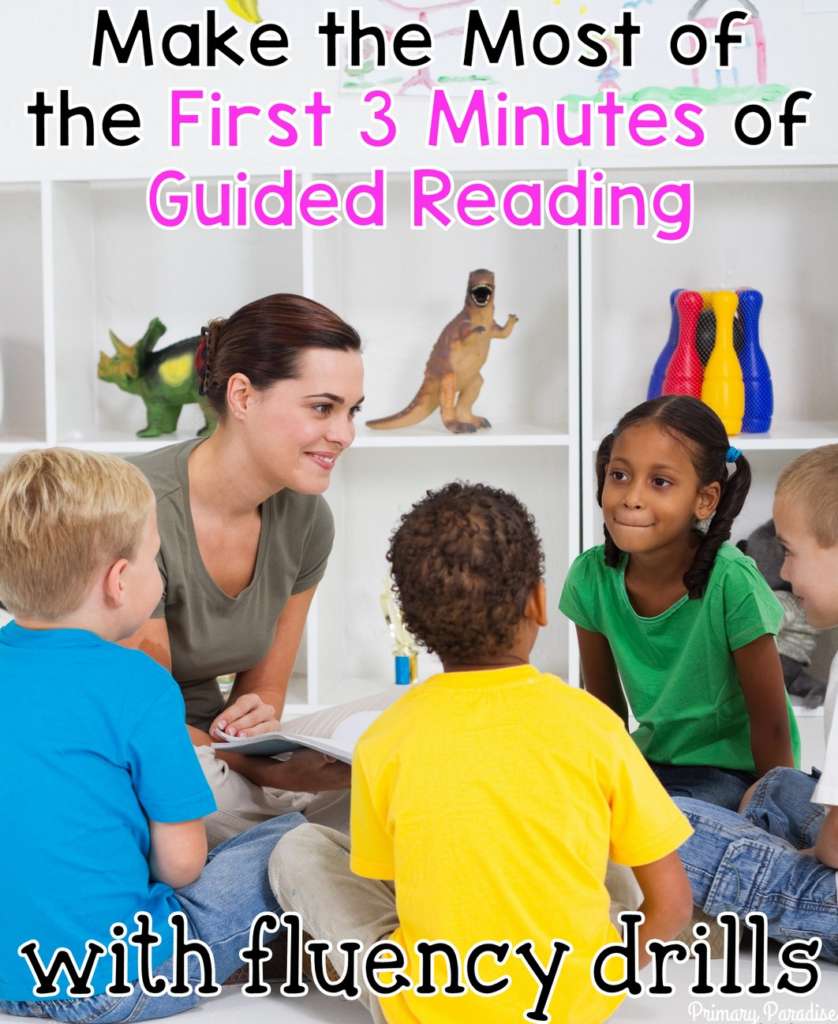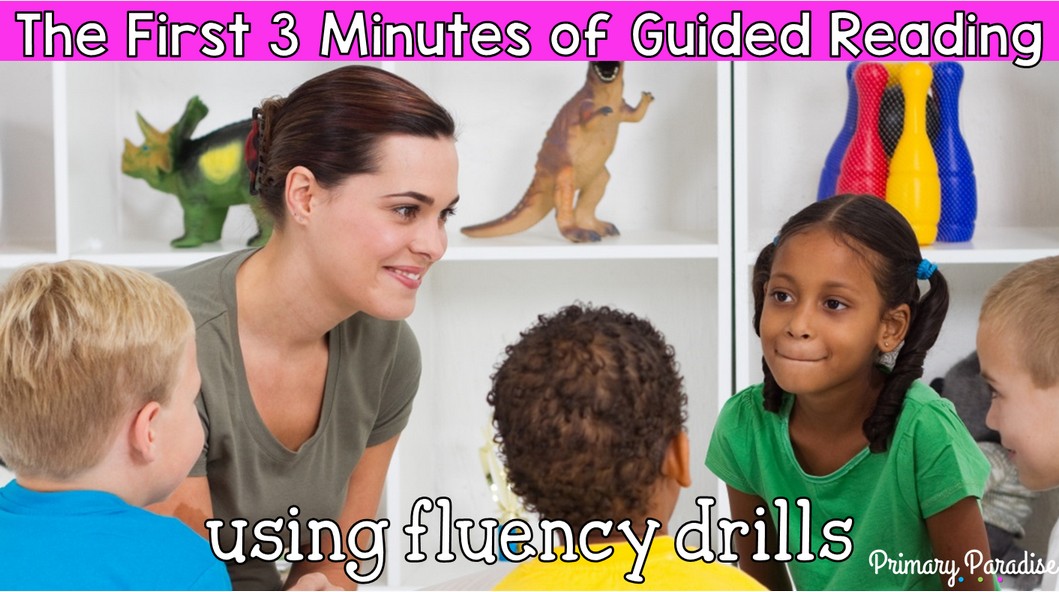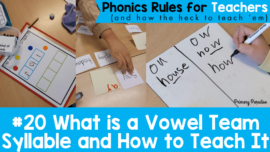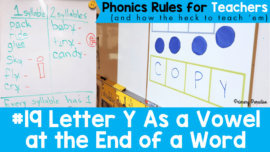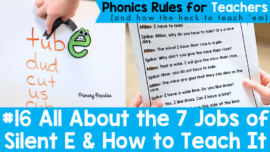Small group reading instruction is so important for our students’ growth as readers. Time is also so limited. Those first few minutes of guided reading can easily be wasted as students are getting to the table, but fluency drills are the perfect way to get students working and thinking right away.
Please note: this post was written before I realized the full implications of the term “guided reading” and in fact, I never used true guided reading. To clarify, I do not recommend using the three cue-ing system, and instead I used this term interchangeably with “small group” time where I provide systemic, targeted instruction.
Why The First Few Minutes of Guided Reading Matter
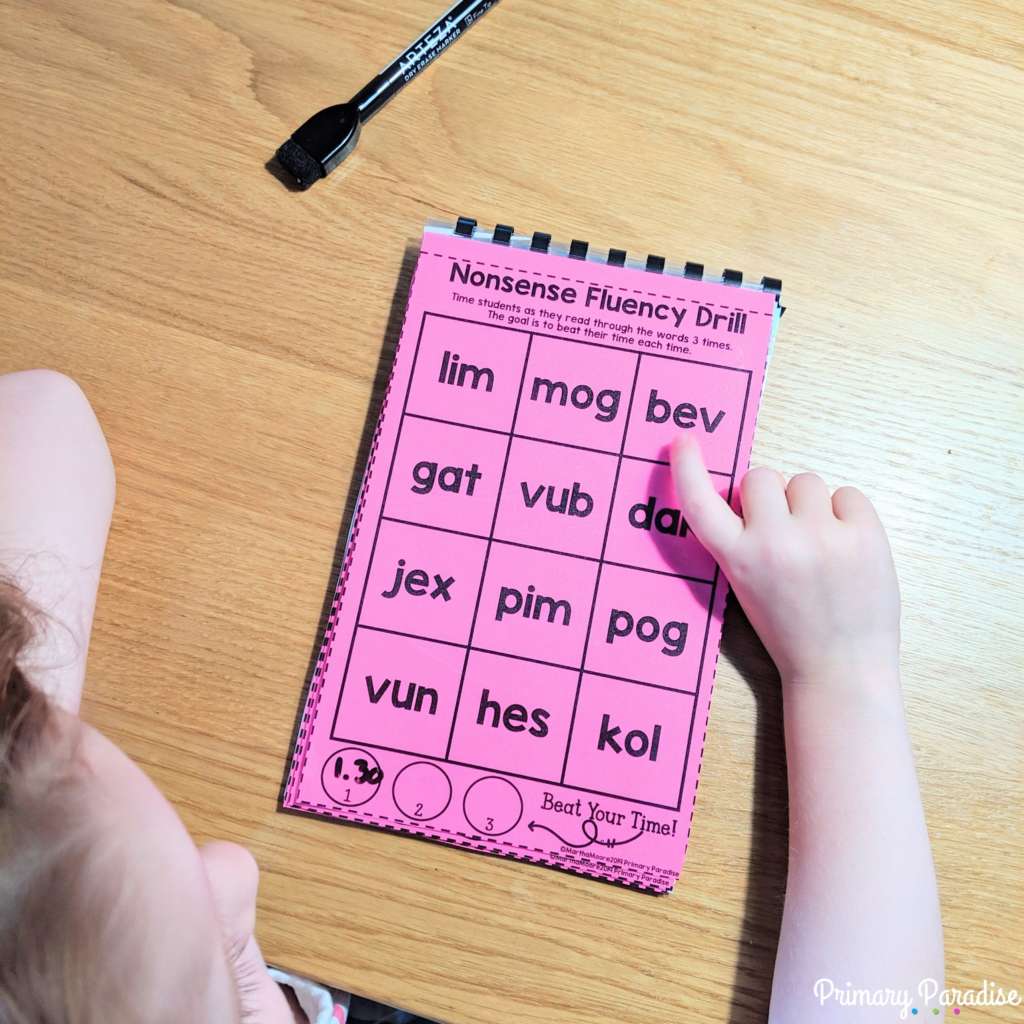
Even if you’re a superhero teacher, you still probably get such a limited time to work with your students in small group for guided reading. Whether you do regular, leveled groups or strategy groups, your guided reading time is precious. The first few minutes in particular are so important for a few reasons.
- It sets the tone for the rest of your time together.
- If students get right to work, there’s less of an opportunity for them to get distracted or get into trouble.
- It allows you to utilize your time more wisely so your instruction is more effective.
What Are Fluency Drills?
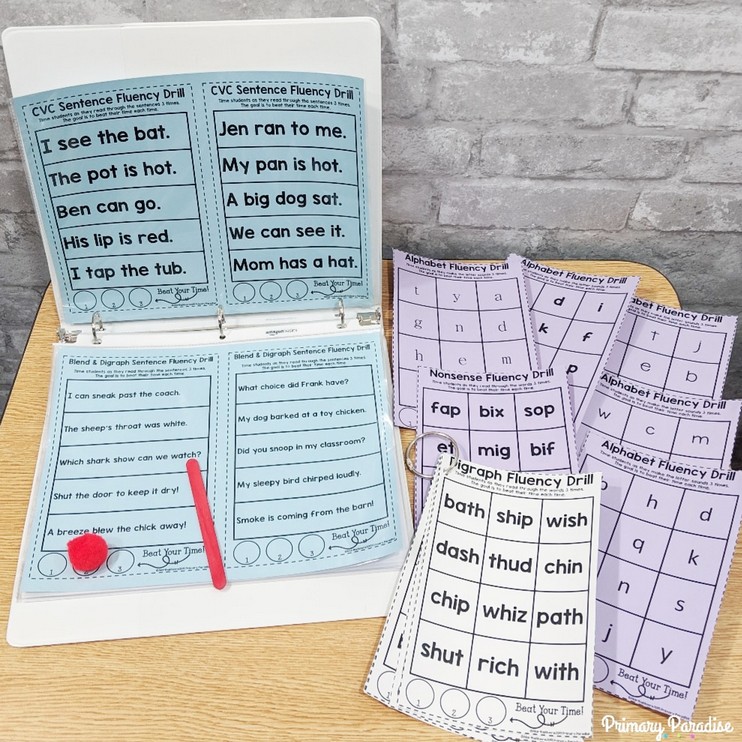
Fluency drills are quick practice activities that students can do either with you or independently that work on their fluency with different reading skills. It could be letter names, letter sounds, CVC words, long vowel words, sentences, and so on. The goal is for students to be able to read quickly, clearly, and accurately. Fluency drills are particularly helpful as a guided reading opener because they require students to “turn on their reading brain”. It also allows them to practice particular skills you want students to focus on- even if they’re different within the same group.
How Do They Work?
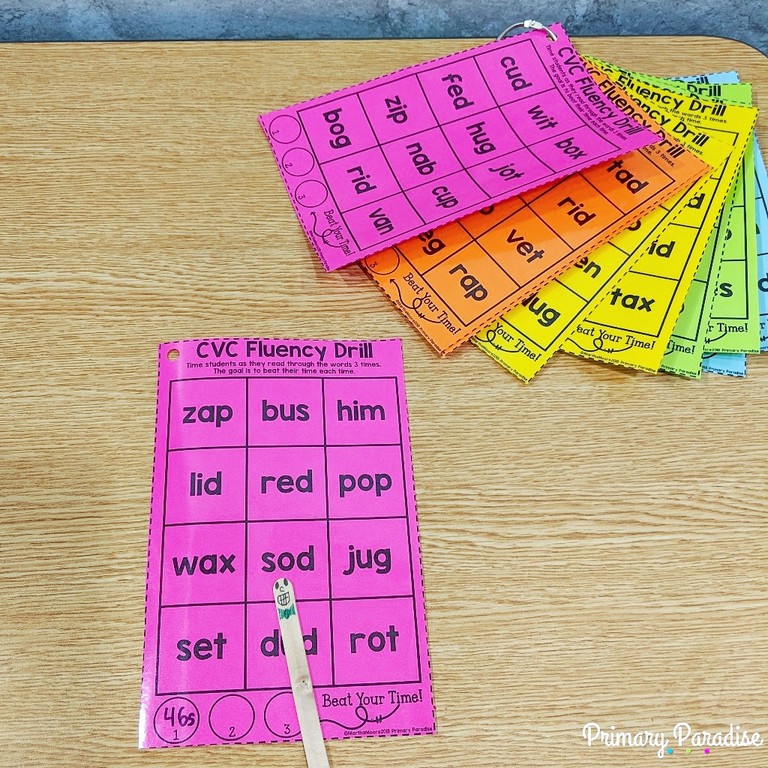
Fluency drills can be used three different ways. Have the drill cards out on the table when students get to their spot.
First, you can have all students practice at once. They read their drill card 3 times. As students read, I do a check in with each and listen to them. I can make notes on what I hear. Have them place a counter on the circles to track how many times they’ve read through.
Second, have students practice with a partner. Again, I listen in as they’re practicing and make notes and corrections.
Last, I have all of the students read their drill cards 3 times, but I listen in and time 1 particular student (maybe 2). I do this a few times a week so I can see if they’re improving.
No matter how you use them, it only takes about 3 minutes. Once we’re done, I collect them and we get right to work on today’s small group lesson.
Where to Find Them
If you don’t want to make your own fluency drill cards, you can find an already created set here that includes a ton of different skills- from letter names and sounds to sentences!
You can join my FREE Facebook Club for k-2 teachers here!
Find me on Instagram, Facebook, Twitter, and Pinterest!
